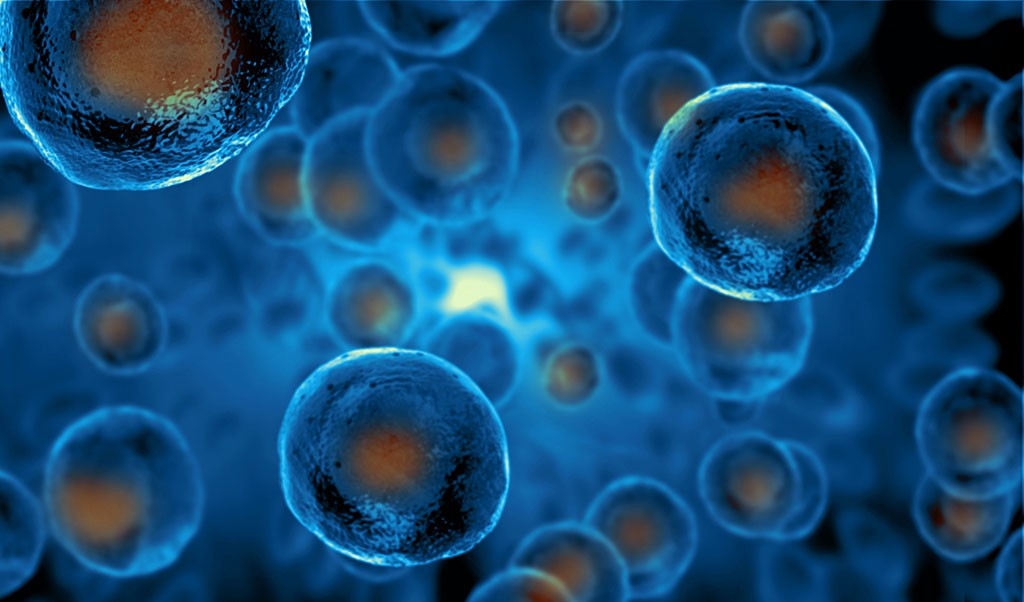In a study published in the international journal ACS Nano, scientists from Rutgers University have developed a new nanotechnology. It may accelerate the research in the field of stem cell transplantation and is expected to help improve the treatment of a variety of diseases, including Alzheimer’s disease, Parkinson’s disease, other neurodegenerative diseases and central nervous system injury.
The new nanotechnology platform developed by the researchers uses special structures to sense, which can help researchers confirm the identity of human stem cells and the corresponding biomarkers without destroying these stem cells which is a problem that researchers face in stem cell clinical research because it limits further analysis and biomedical applications at a later stage. Professor KiBum Lee, a researcher, says one of the main obstacles to stem cell therapy today is the destructiveness of standard cell characterization steps. Based on the newly developed nanotechnology, we can characterize cells sensitively and accurately without harming the vitality of cells.
Schematic diagram illustrating the Nondestructive, selective, and sensitive characterization of stem cell differentiation through exosomal miRNA detection. (Jin-Ho Lee/Rutgers University-New Brunswick)
Stem cells can differentiate into many types of cells, including neurons in the brain that transmit information. Adult-induced pluripotent stem cells, similar to embryonic stem cells, can be used to develop new drugs and disease models, which researchers hope to use to improve the progress of transplantation medicine. Because stem cells have great potential in many fields, including the treatment of neurodegenerative diseases and central nervous system injury. Therefore, before fully realizing its therapeutic use, it is an urgent problem for researchers to control its fate and analyze its characteristics. The current methods of characterization of stem cell biomarkers often destroy the activity and function of cells, which makes it difficult for researchers to carry out follow-up medical application research.
Using this new nanotechnology platform, researchers can monitor the levels of human stem cell-derived neurons by characterizing a new generation of biomarkers called exosomes, microparticles released by cells. Exosome plays a key role in signal transmission between cells, and later researchers will continue to investigate the diversity of this new nanotechnology in other applications, such as detecting neuronal cells in clinical environments.

